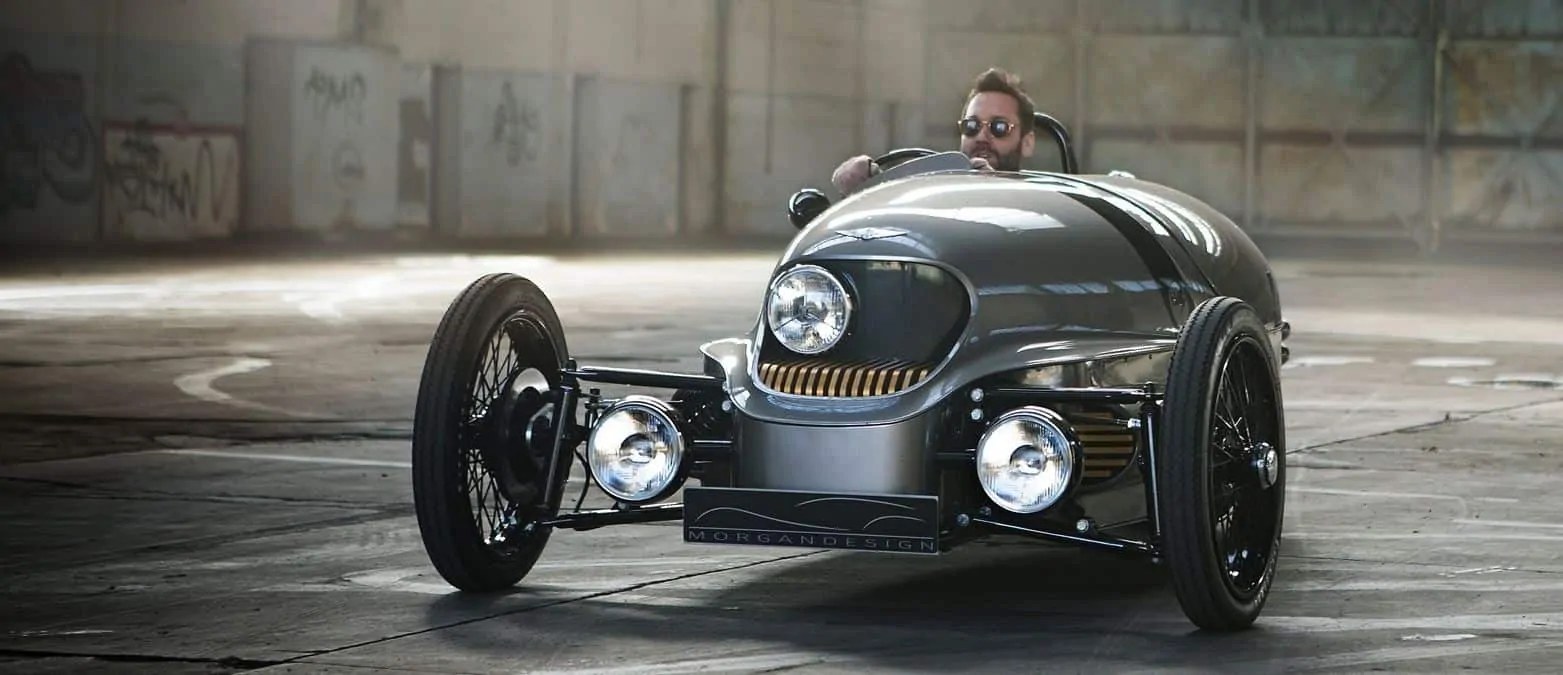Electric cars are a mobility story as much as a car design story in 2016, writes Sam Livingstone.
For several years we have seen a growing number of electric production and concept cars, but the recent Geneva auto show gave us unequivocal proof of how, for the first time, the electric car is here — and here to stay.
The Geneva event showed that the electric car has gone from being an in-the-wings story to an on-the-main-stage event and flagged up some of the key ways that the electric car impacts on car design. We think that 2016 has become the year where Car 2.0 — the convergence of electric power, autonomy and smart sharing — will be realized as being a car design story just as much as a mobility story.
At one end of the show floor in Geneva, Hyundai presented the Ioniq, a stand-alone lower-medium car that comes in three flavors of electric: BEHV (battery electric hybrid vehicle), BEV (Battery Electric Vehicle) and PHEV (Plug-In Hybrid Electric Vehicle). The mainstream brand introduced a mainstream car type exclusively with electrified powertrains — a world first.
At the other end of the hall was one of the world’s oldest and most traditional of car companies, Morgan, showing a concept car preview of their all-electric three-wheeled roadster, the EV3.
Between these two poles of electric car types, Geneva also had Tesla showing their gull-wing doored Model X SUV; several electric mid-engine supercar concepts with nearly 1000hp; BMW announcing their iPerformance brand that takes some of the alchemy from the i3 and i8 PHEV/BEVs to the core BMW model line-up; and numerous PHEV versions of otherwise ‘normal’ petrol or diesel-powered sedans, hatchbacks, SUVs and wagons — notably from trend leading brands like Audi, Volvo, Mercedes and BMW.
But isn’t this news about cars, not car design? Maybe the headline is about this market adoption of a new means of motivation for the private passenger car. But it is also a design story.
Car proportions are changing, mostly for the better, as the packaging constraints of the BEVs change relative to ICE (internal combustion engine) cars.
Tesla’s platform on display in Geneva shows this change most compellingly, and the BMW Vision Next 100 concept (that previews the i5) arguably shows even more so the scope for EV realized proportional changes. Downsizing the ICE in BHEVs — depicted through recent Volvos most notably — also tips-over to affect vehicular proportions. And there are the details too: witness the front ‘grille’ treatments of the Hyundai Ioniq and the Morgan EV3.
Yet these proportional shifts and the more subtle design details that electric cars bring to car design is only the tip of the iceberg. Electric cars are fundamentally moving the ground under the feet of car design.
The whole idea of the car is set to change with the electric car — and the autonomous, shared car that this bleeds into. The fundamental tenants of ‘sportiness’ and of luxury; of the nature of cars’ singular unconnectedness; of their noisy animation; of the entire idea of a ‘motor car’; is waning.
Car 2.0 isn’t here now, but in the last throws of Car 1.0 we can perhaps see its shadow already being cast, and its story is very much a design story. It’s just that, excitingly, it hasn’t been fully written yet.
This article first appeared on Car Design Research and was republished with permission





